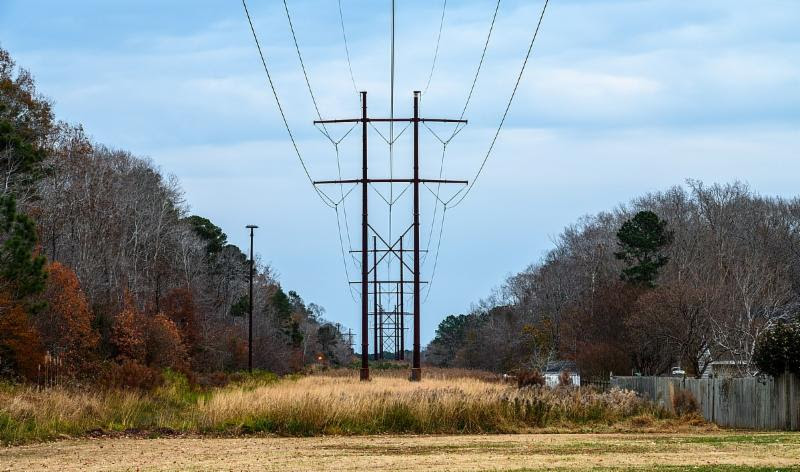A new report prepared by the Environmental Law Institute for the Chesapeake Conservation Partnership recommends specific actions that Maryland, Pennsylvania, and Virginia may consider to address the impacts of proposed energy projects while improving land conservation outcomes.
“The Chesapeake Bay region is home to a diversity of landscapes, historic places, ecosystems, and wildlife as well as an increasing number of pipeline and electricity transmission projects,” said John Griffin, program manager for the Partnership. “Energy facilities present the region with both challenges and opportunities. Our Partnership sees a real need for ways to improve the evaluation and permitting of energy projects so that landscape-scale conservation objectives can be achieved.”
The report identifies numerous steps the region may choose to implement at the state level using existing legal authorities and new authorities where needed. State agencies can use water quality certification, state public utility regulatory decisions, mitigation policies, strategic land use regulations, historic preservation and natural heritage tools, and permitting in effective ways.
“Adverse impacts from energy projects should avoided and minimized, and then mitigated with landscape-scale responses wherever possible,” says James McElfish, Director of ELI’s Sustainable Use of Land Program.
The report looks at the numerous regulatory and approval processes that apply to the energy sector and explains how they can be marshalled toward landscape-enhancing and conserving outcomes. Two overarching principles guide the approaches recommended in the 100+ page report:
- Defining the Landscape Objectives: Clearly define and understand conservation landscape objectives in advance of any permit applications. Doing so makes it possible to derive the most benefit from sometimes diffuse approval processes for electric transmission lines, gas pipelines, or solar or wind facilities.
- Changing the Conceptual Approach to Permitting: Energy facility applicants face a long list of federal and state requirements, but these processes often do not approach impacts holistically. The review process should identify important areas for project applicants to avoid; define potential impacts on a landscape-wide, cumulative basis rather than permit-by-permit; and define mitigation for the whole project with respect to those impacts.
“Accomplishing landscape-level conservation goals requires an understanding of the available regulatory and policy tools,” continued Griffin. “This report will serve as an important guide and resource for state governments as they consider ways to strengthen landscape level protections for these types of energy projects.”
“The Piedmont Environmental Council commends the Environmental Law Institute for an even-handed assessment of current policies and thoughtful suggestions for how the process can be improved to ensure the most sustainable outcomes for the region,” said Chris Miller, President of PEC. “The Chesapeake Conservation Partnership has been a remarkable forum for constructive solutions to challenges and opportunities that cross boundaries and jurisdictional authority.”
Read the full report.

